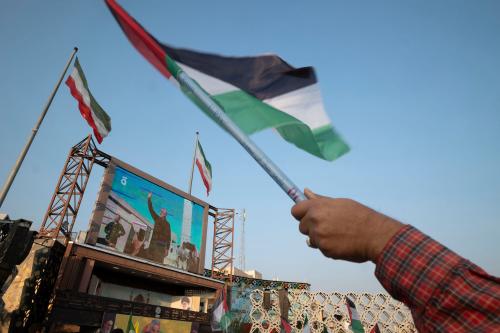Ten years ago I was in the Oval office with President Bush as the first shots of the Afghan war were being fired from U.S. aircraft and ships against al Qaeda and Taliban targets in Afghanistan.
A CIA team was already inside Afghanistan selecting targets. Bush had tried for weeks to persuade Taliban leader Mullah Omar to hand over Osama bin Laden and his gang to face justice for the attacks on 9/11. His predecessor, President Clinton, had sent Ambassador Bill Richardson and myself to Kabul in 1998 with the same message—hand over Bin Laden. The Taliban leader refused in 1998 and in 2001.
For the last two years the current Afghan government led by President Karzai and backed by the United States and NATO has urged the Taliban to enter into peace talks and a reconciliation process to end the war. Many including myself doubted this would work but agreed it was worth a shot. Better to try and fail than not to try. Mullah Omar sent his answer late last month. A Pakistani pretending to carry a message of peace from Omar and his Quetta Shura asked for a meeting with Karzai’s chief negotiator, former President Burhanuddin Rabbani, in Kabul. But he had no olive branch, only a bomb in his turban. He murdered Rabbani.
The Afghan intelligence service believes he was sent to kill by Mullah Omar and the Taliban. They are almost certainly right. Karzai has all but said Pakistan probably encouraged the attack. He is probably right about this too. After ten plus years Mullah Omar and the Taliban leadership has not changed. They are not peacemakers. They are not ready to abandon al Qaeda. They publicly mourned Bin Laden’s death last May and hailed him as a hero. There is not likely to be a negoitiated settlement with Omar and the Taliban. There has never been an easy solution to the threat posed by Mullah Omar’s alliance with al Qaeda.



Commentary
Ten Years into the War in Afghanistan: An Ongoing Fight Against Al Qaeda and the Taliban
October 5, 2011